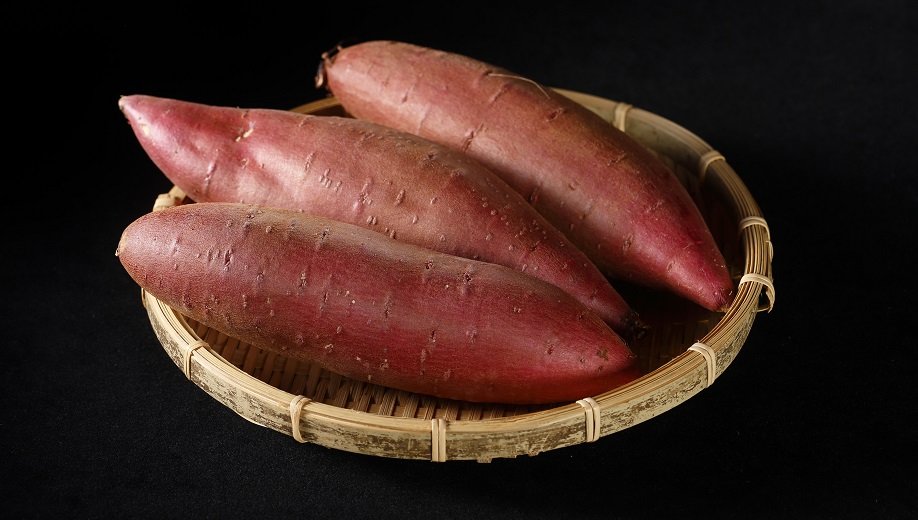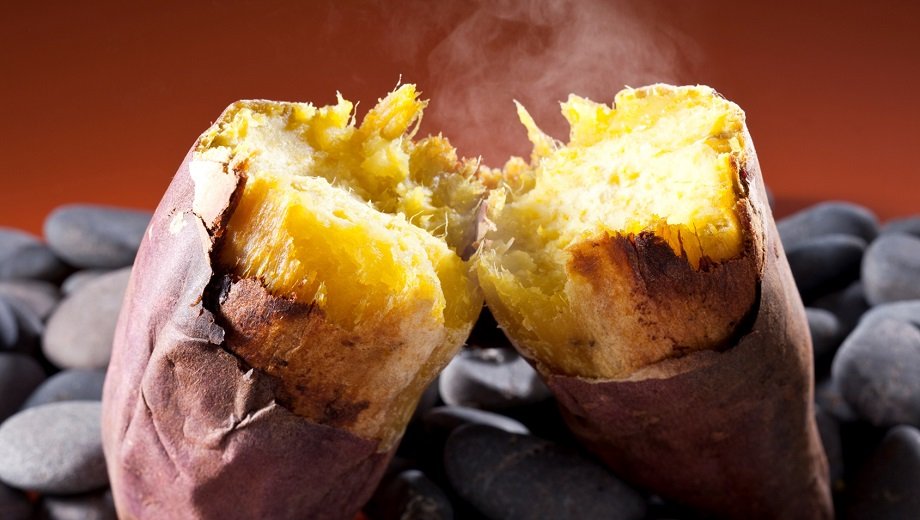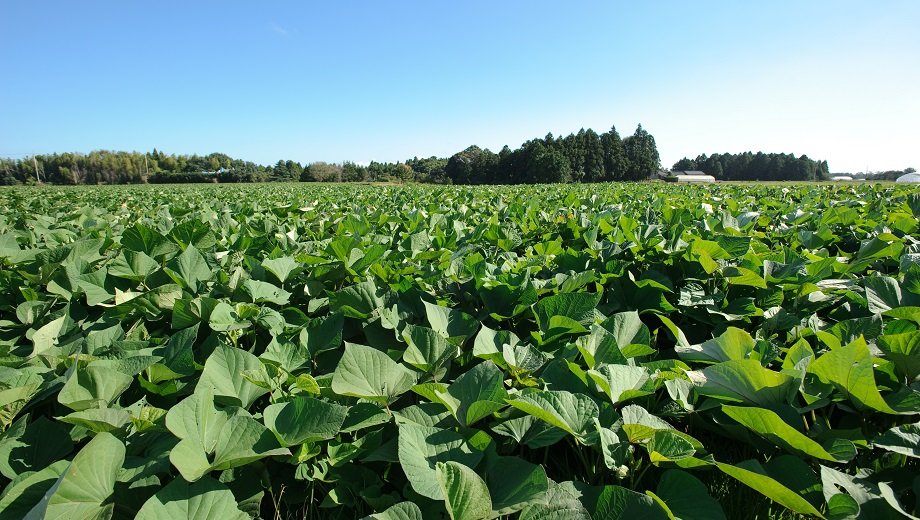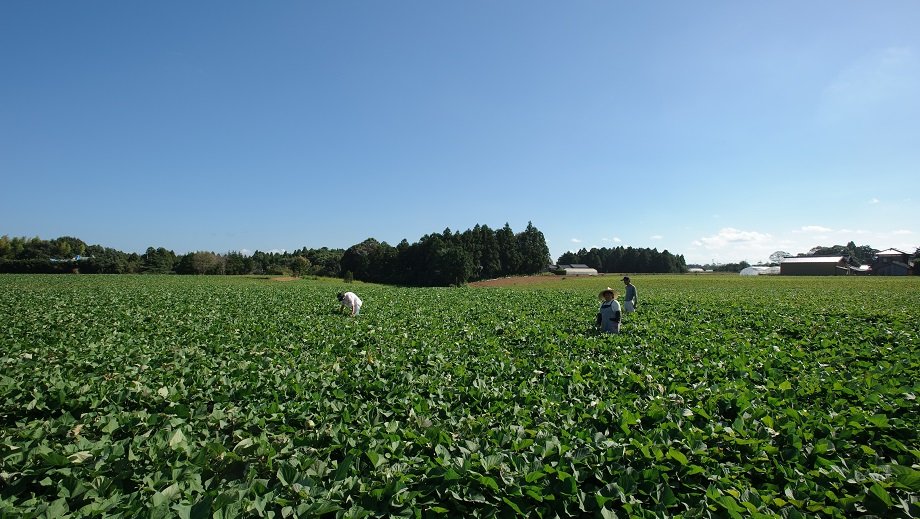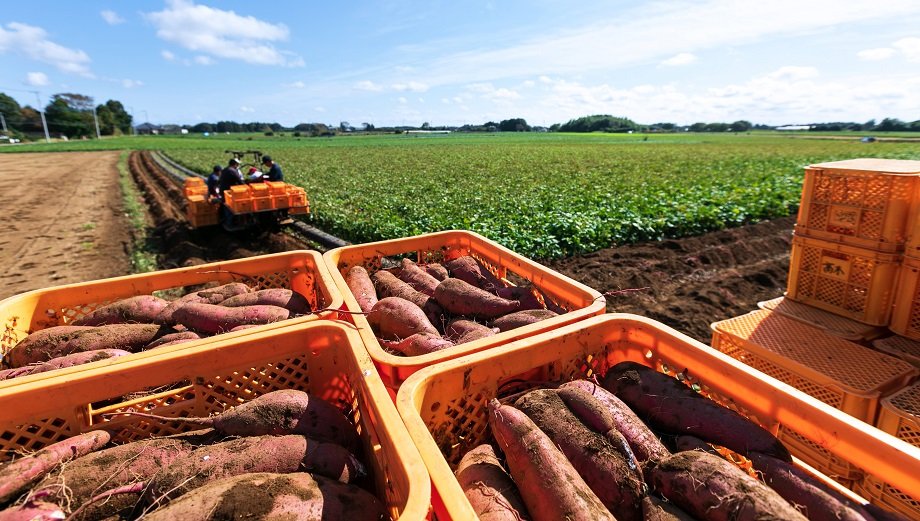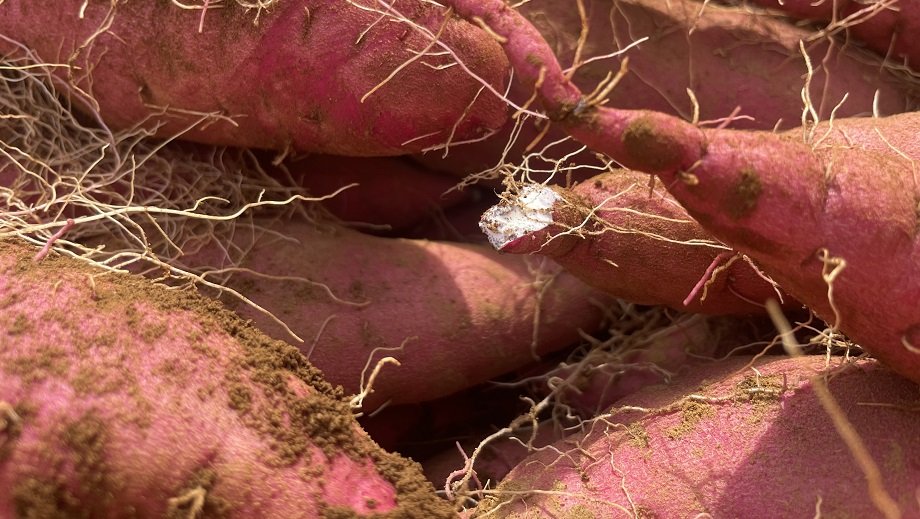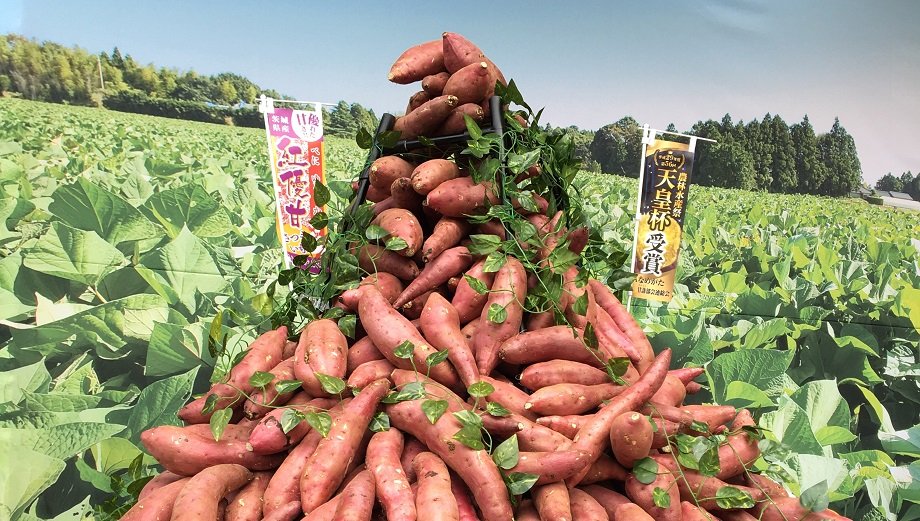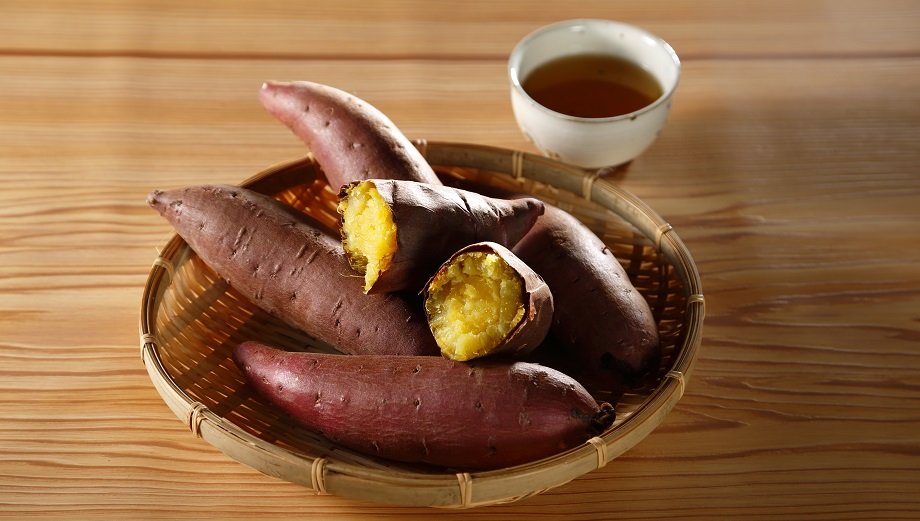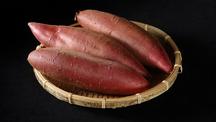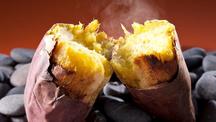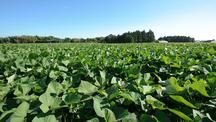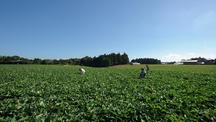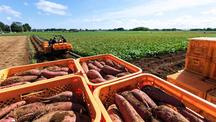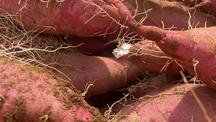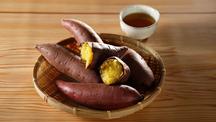Namegata Kansho
| Registration Number | 131 |
|---|---|
| Name of the GI | Namegata Kansho, Namegata Sweet Potato |
| Class | Vegetables/ Cereal grains/Pulses |
| Date of Protection | 2023/03/31 |
| Producing Area |
Ibaraki Prefecture
Namegata City, Itako City, Kashima City, Hokota City, Omitama City, Kasumigaura City |
| Applicant - Name and Address | Namegata Kansho Brand Promotion Council 3282-10 Yamada, Namegata City, Ibaraki Prefecture, 311-1704, Japan |
Producing Area
"Namegata Kansho" is a sweet potato with high sugar content, which gives the vegetable strong sweetness.
Market participants praise not only its quality but also the supply system that can respond to the demands of buyers throughout the year.
"Namegata Kansho" is produced using varieties of fresh sweet potatoes specified by the Namegata Kansho Brand Promotion Council.
It is cultivated following the "Sweet Potato Cultivation Standards" of Ibaraki Prefecture specified by the Council, subjected to curing treatment (including storage) for the appropriate time, sorted and subjected to variety relay shipment according to the Council's "Namegata Kansho Shipping Standards Table."
The area where Namegata Kansho is produced, is located in the southeastern part of Ibaraki Prefecture around Lake Kasumigaura and Lake Kitaura (1). e. The relatively warm climate and well-draining soil form the natural conditions that suit the cultivation of sweet potatoes kansho.
In 1984, the producers started to sell a new variety under the name Benikogane, which was selected and cultivated from Beniazuma, which was introduced previously as a recommended variety by Ibaraki Prefecture. From 1988, they also worked on the establishment of propagation technology of virus-free seedlings before others. In 1992, sales of virus-free sweet potatoes started, and the entire region received guidance from the agricultural cooperative on cultivation methods and sorting techniques, thereby raising the awareness of producers towards Monozukuri (meaning craftsmanship). The producers grow sweet potato with an emphasis on taste rather than quantity.
In 2002, Benimasari was introduced in addition to the mainstay Benikogane. In 2009, Beniharuka was added. The most flavorful periods of these three varieties were researched. Based on the results, the "Variety relay shipping system" was established to limit the shipping period for each variety according to the appropriate time of the year and has enabled stable shipments of good taste products throughout the year.
In the producing area of "Namegata Kansho," the curing treatment is implemented to increase the cork layer under the sweet potato skin and prevent spoilage during storage due to penetration of pathogens; and "curing and temperature-controlled storage facilities" are constructed to achieve thermostatic storage, which promotes saccharification of the starch contained in the sweet potato. Year-round shipment is achieved via such thorough quality control efforts.
In 2019, the planted area was approximately 730ha, and the sales volume was 18,555t. The production scale is increasing every year, and the area is one of the top country's producers of fresh sweet potato."
Furthermore, in 2012, exports were started. Starting with shipments to Malaysia, exports have expanded to Thailand and Singapore. In and after 2016, the product is also exported to Canada, France, and Germany, contributing greatly to increased demand for baked sweet potatoes overseas.
- Lake Kasumigaura and Lake Kitaura combined to form the second-largest lake in Japan following Lake Biwa. They are situated in the southeastern part of Ibaraki Prefecture, and the total area of Lake Kasumigaura, Lake Kitaura, and adjacent Sotonasakaura combined is 220km2. These lakes are used for leisure activities, such as fishing, yachting, and personal watercraft riding, and there are also pleasure cruisers and sailed fishing boats for tourists.
